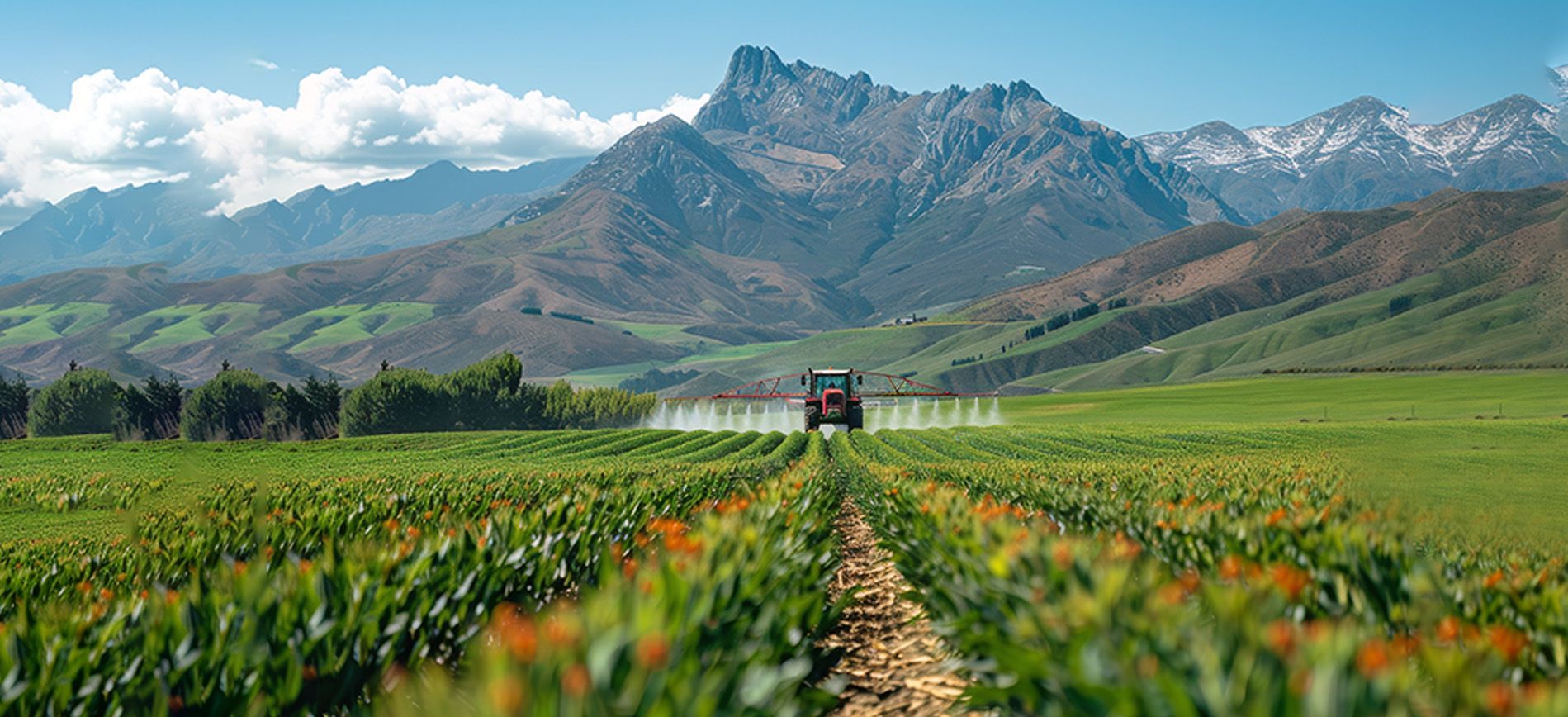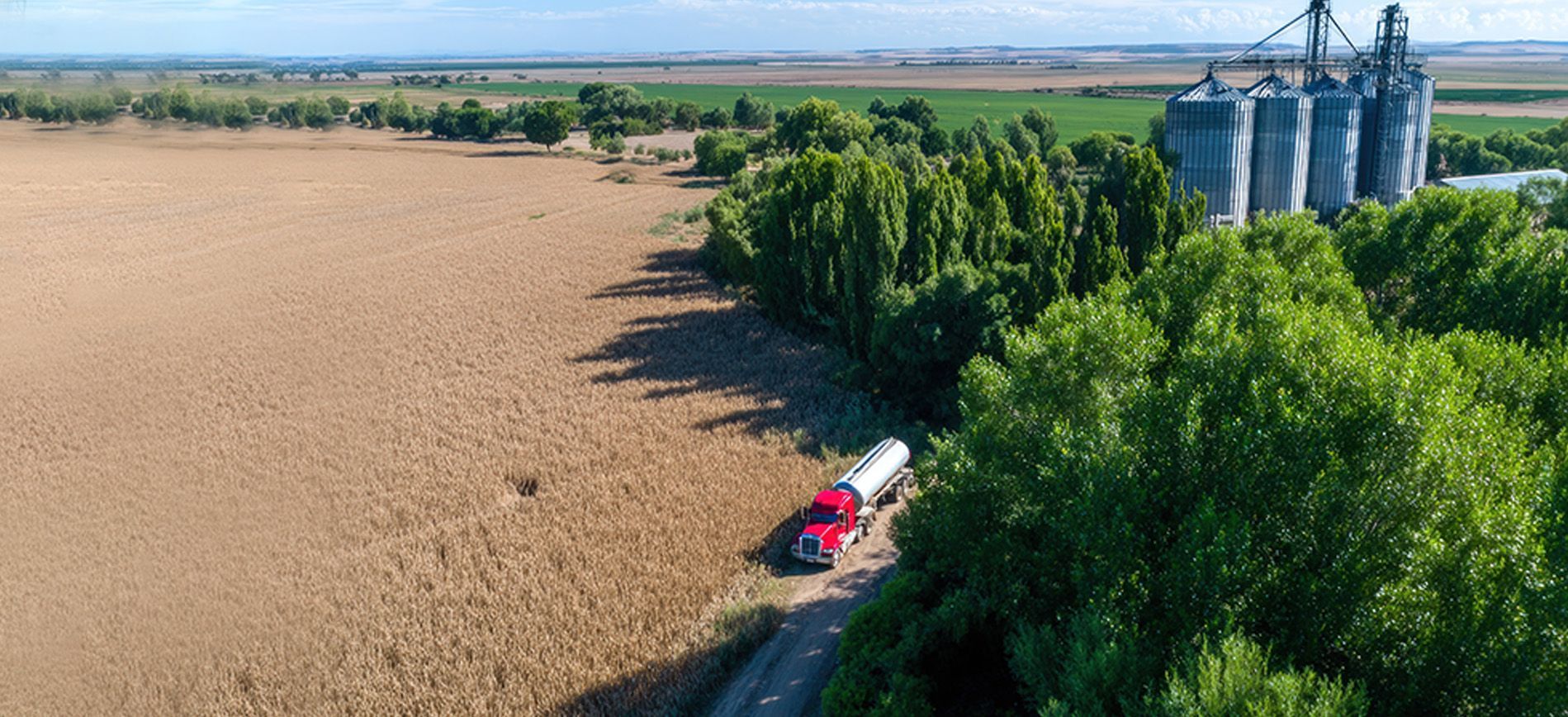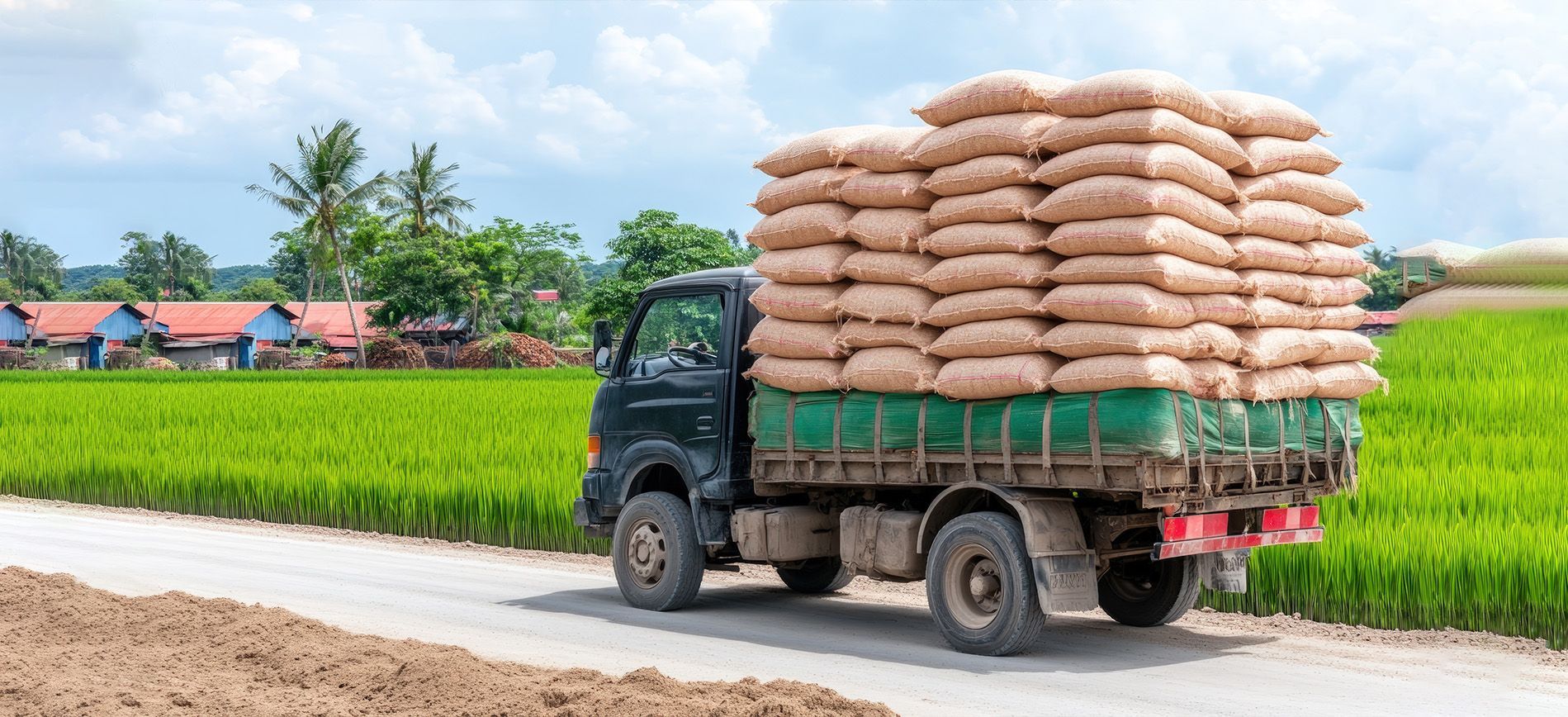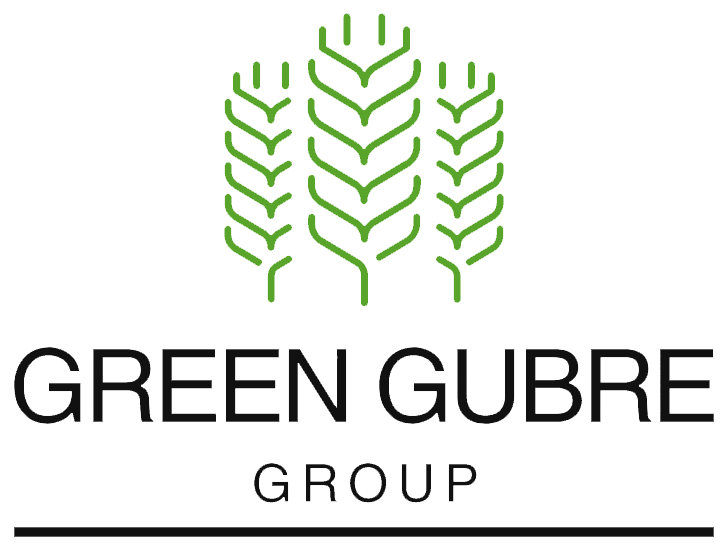The Future of Fertilizer Packaging – From Bulk Shipments to Retail-Ready Bags
The Future of Fertilizer Packaging – From Bulk Shipments to Retail-Ready Bags
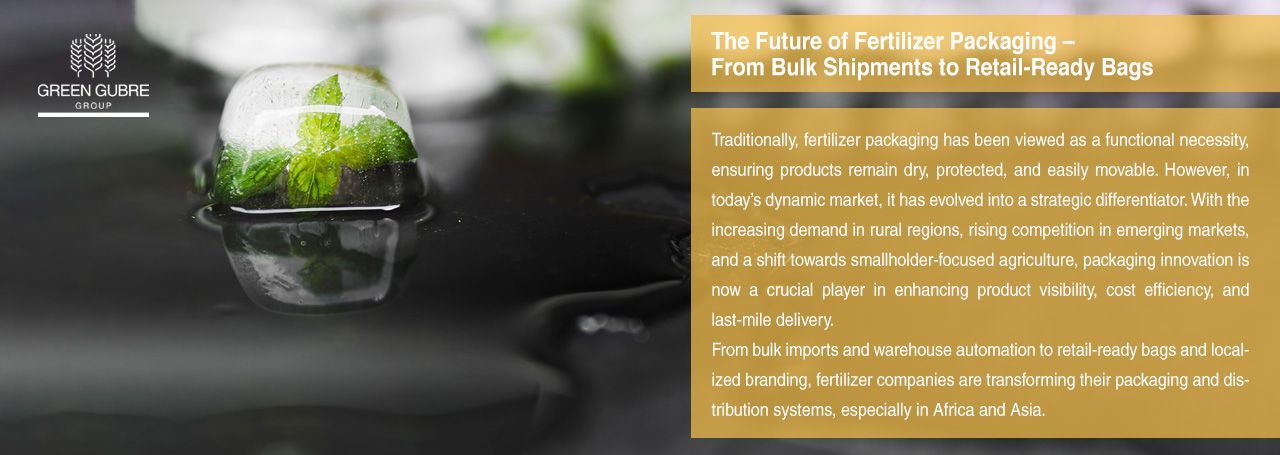
Introduction: Packaging as a Strategic Tool in the Fertilizer Trade
Traditionally, fertilizer packaging has been viewed as a functional necessity, ensuring products remain dry, protected, and easily movable. However, in today’s dynamic market, it has evolved into a strategic differentiator. With the increasing demand in rural regions, rising competition in emerging markets, and a shift towards smallholder-focused agriculture, packaging innovation is now a crucial player in enhancing product visibility, cost efficiency, and last-mile delivery.
From
bulk imports and warehouse automation to
retail-ready bags and localized branding, fertilizer companies are transforming their packaging and distribution systems, especially in
Africa and
Asia.
1. Bulk Shipments: Cost-Efficient but Logistically Complex
Bulk shipping remains the preferred mode of transportation for large-scale fertilizer trade—urea, NPK, and ammonium products often move in vessels carrying 25,000–60,000 metric tons.
Advantages:
- Lower per-ton freight cost
- Ideal for high-volume buyers (governments, distributors)
Challenges:
- Requires significant infrastructure at ports (bulk discharge equipment, silos, conveyors)
- Increases reliance on
efficient bagging and storage facilities at the destination
2. Bulk-to-Bag Operations: Adding Value at the Port or Inland
A growing trend, particularly in Africa, is setting up bulk-to-bag warehouses near ports or inland hubs (e.g., in Togo, Kenya, or Ethiopia). This trend is significant as it not only reduces shipping costs but also supports job creation and local value addition, thereby contributing to the economic development of these regions.
How it works:
- Bulk fertilizer is discharged at a port or a dry port
- Bagging units fill 25kg, 50kg, or 10kg sacks
- The product is branded, palletized, and distributed.
Benefits:
- Reduces shipping cost compared to pre-bagged imports
- Supports job creation and local value addition
- Offers flexibility in
brand localization
Example: The Lomé Port Fertilizer Hub in Togo is an emerging model for West Africa’s bagging and distribution strategy.
3. Retail-Ready Packaging: Tailoring to Smallholder Needs
In many Asian and African markets, smallholder farmers use between 70% and 80% of the fertilizer. Retail-ready packaging addresses their specific needs.
Key innovations:
- 1kg to 25kg bags with zip seals, UV resistance, and multilingual instructions
- QR codes for traceability, dosage info, and even promotional campaigns
- Reinforced bags to reduce breakage during rural transport
Localized packaging increases trust and improves application compliance, reducing fertilizer misuse.
4. Branding and Sustainability: Packaging as a Message
Packaging has become a tool for brand identity and sustainability messaging as competition intensifies.
Trends in branding:
- Bold graphics, region-specific logos, and QR-enabled authenticity checks
- Use of biodegradable, woven polypropylene (PP), and compostable packaging materials
- ESG-driven buyers prefer suppliers with clear packaging sustainability standards.
Forward-thinking companies are leveraging their packaging as a communication platform to connect with consumers and promote responsible use of their products. This is a significant shift in the role of packaging, from a mere functional tool to a strategic asset.
5. Green Gubre Group – Elevating Packaging and Distribution Standards
At Green Gubre Group, we are rethinking fertilizer packaging as part of our end-to-end supply chain strategy. Our approach includes:
- Sourcing bulk shipments from producers and converting them into retail-ready branded bags
- Establishing bagging operations at ports and inland logistics centers
- Offering private labeling, custom blends, and small pack sizes for diverse markets
- Using
eco-friendly packaging aligned with the client's ESG commitments
We understand that packaging isn’t just about storage, connection, compliance, and competitive edge.

